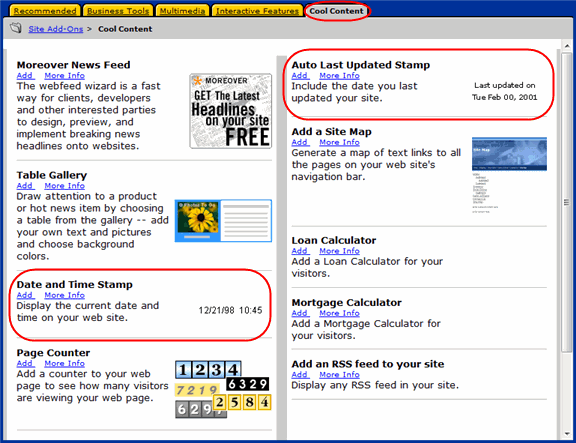

date after adding three days to the given date String dateAfter = sdf.format(cal.getTime()) use add() method to add the days to the given date create instance of the Calendar class and set the date to the given date SimpleDateFormat sdf = new SimpleDateFormat("yyyy-MM-dd") create instance of the SimpleDateFormat that matches the given date (dateBefore+" is the date before adding days") create class DateExample to add Days to the given date Get the new date from the calendar and set the format of the SimpleDateFormat class to show the calculated new date on the screen.The add method() takes two parameter, i.e., calendar field and amount of time that needs to be added. Use the add() method of the calendar class to add days to the date.Add the given date to the calendar by using setTime() method of calendar class.Create instance of the SimpleDateFormat and Calendar By using these instances, we parse the date in which we need to add days.We import all the require packages and classes such as SimpleDateFormat, Calendar.In order to add days to the given date by using the Calendar class, we use the following steps: Adding Days to the given Date using Calendar class Let's understand how we can add days to the date. In Java, we can add a single day or days to the given date or current date using Calendar class. Implements Serializable, Cloneable, Comparable

Then finally, date_add() incrementes the date value.Public abstract class Calendar extends Object date_interval_create_from_date_string() sets up a DateInterval from the parts of the string. The above example also add dates to a date string, date_create() creates a DateTime object. In application: echo date_format($date,"Y-m-d") //output: This approach is the easiest among the others to add days, months, years, hours, minutes and seconds.ĭate_add($oldDate, date_interval_create_from_date_string("1 day"))
Add days to date iso#
Note: To avoid obscurity, it’s recommended to use ISO 8601 (YYYY-MM-DD) format. The above example will accept a date string with proper format and return the new date using strtotime and +1 days.
Add days to date code#
The following code will output: echo $date1 //output: The strtotime function will accept a string value that represents date-time. The strtotime() is a PHP function which is used to convert an English textual date description to a UNIX timestamp. Combination of strtotime() and date() to Add Days to Date in PHP If the duration is time, the last part needs to be T. The proper format starts with the letter P which means period, followed by an integer value, then D for the day. This accepts a valid interval specification. The hard part of using DateTime() is the DateInterval object. The following code will print output: echo $fomattedDate //output: For example, when comparing two dates, it’s direct in DateTime, but in strtotime, converting the date first to timestamp is necessary.Įxample: add(new DateInterval('P1D')) // P1D means a period of 1 day Using an object also easier than arbitrary functions. DateTime supports more date formats than strtotime and date. Using PHP version 5.3 and above, DateTime object and it’s add method can also be a solution. add Method in DateTime() to Add Days in PHP PHP provides different functions such as DateTime, date_add and combination of strtotime() and date(). Manipulating date string in PHP can be done in many ways, can add or deduct hours, months, years, etc. add Method in DateTime() to Add Days in PHP.


 0 kommentar(er)
0 kommentar(er)
